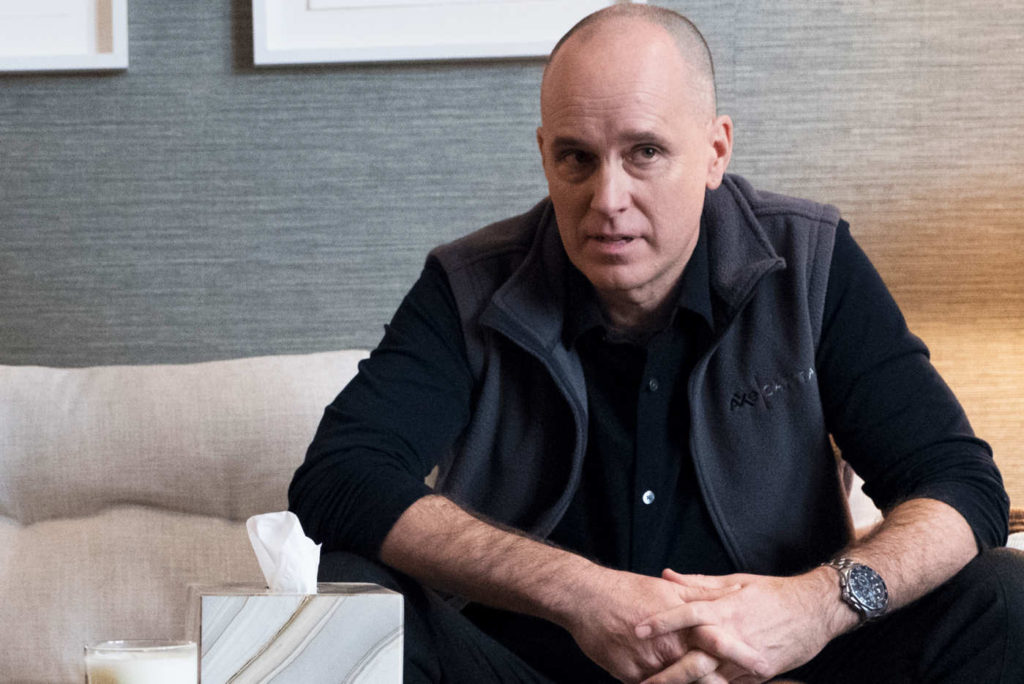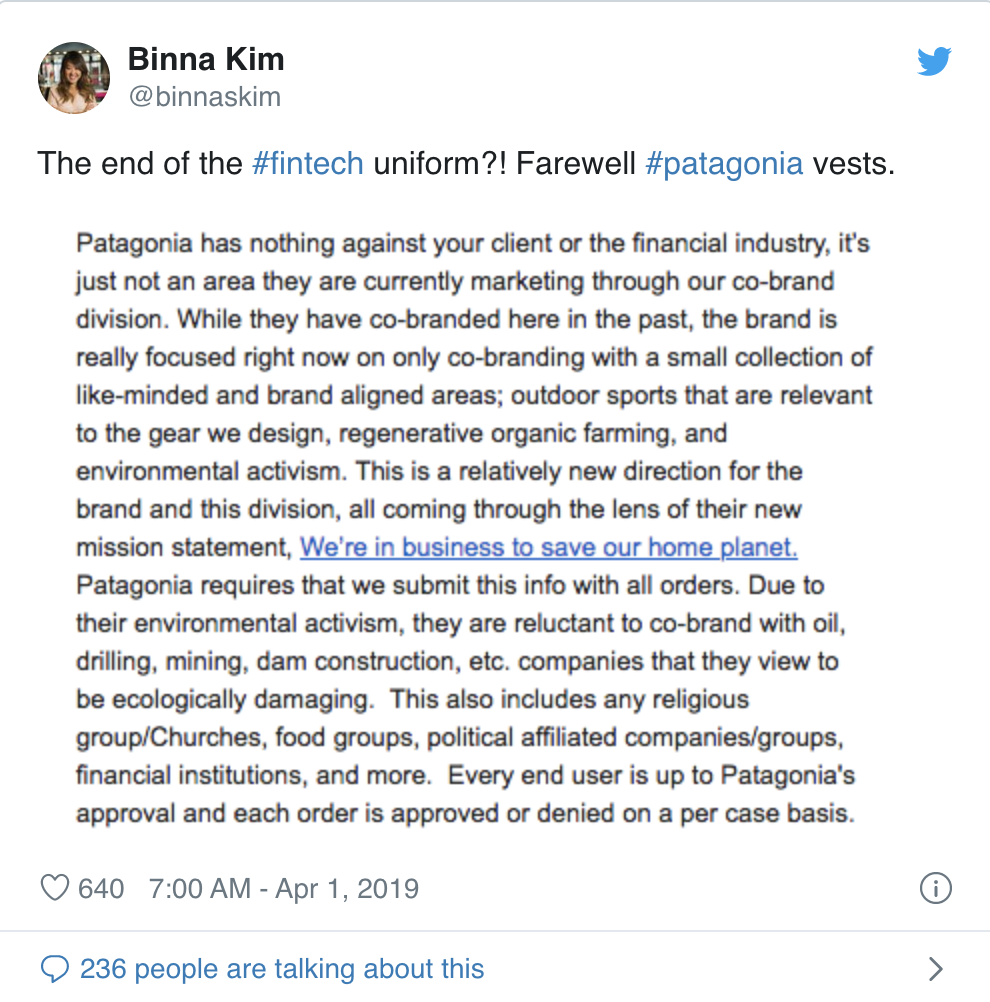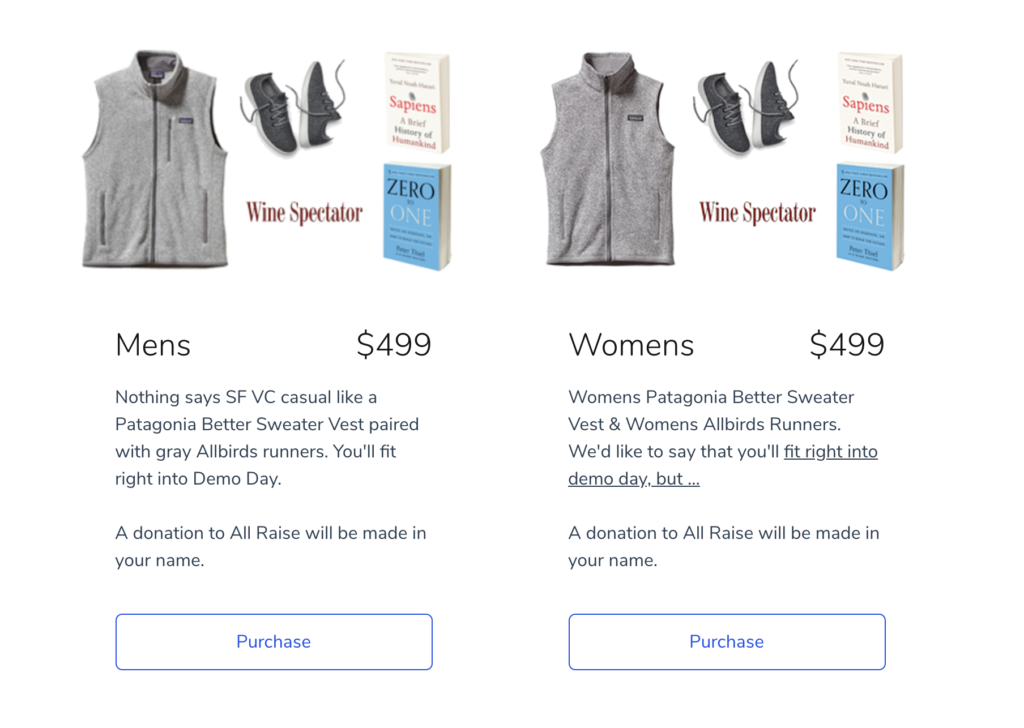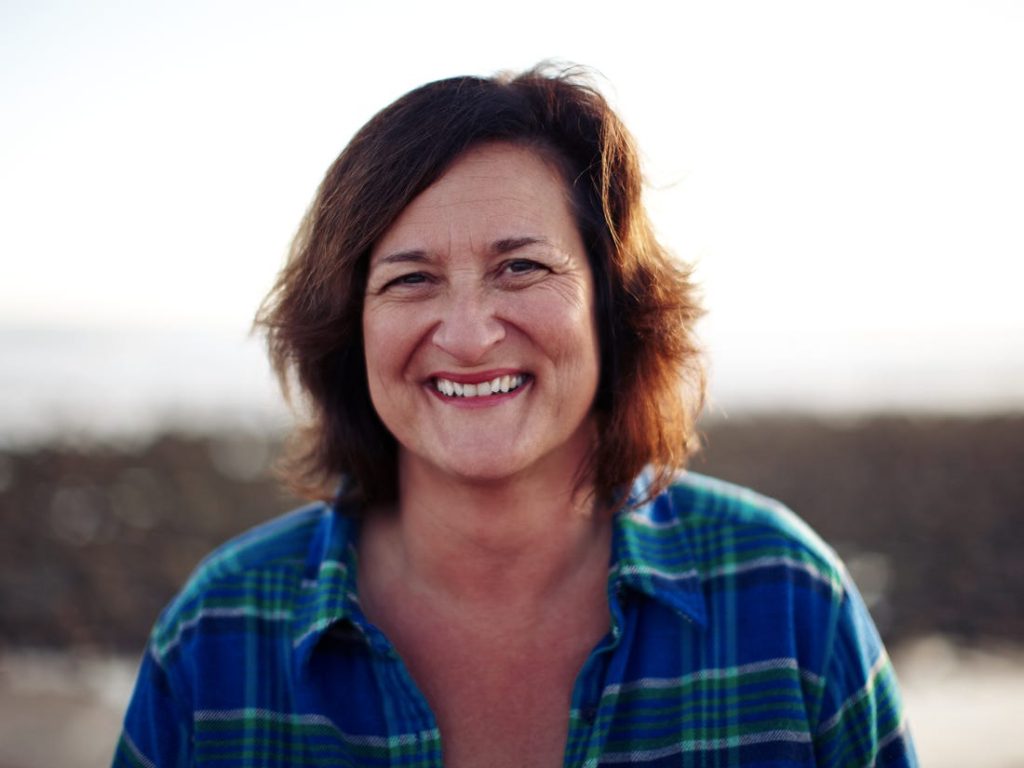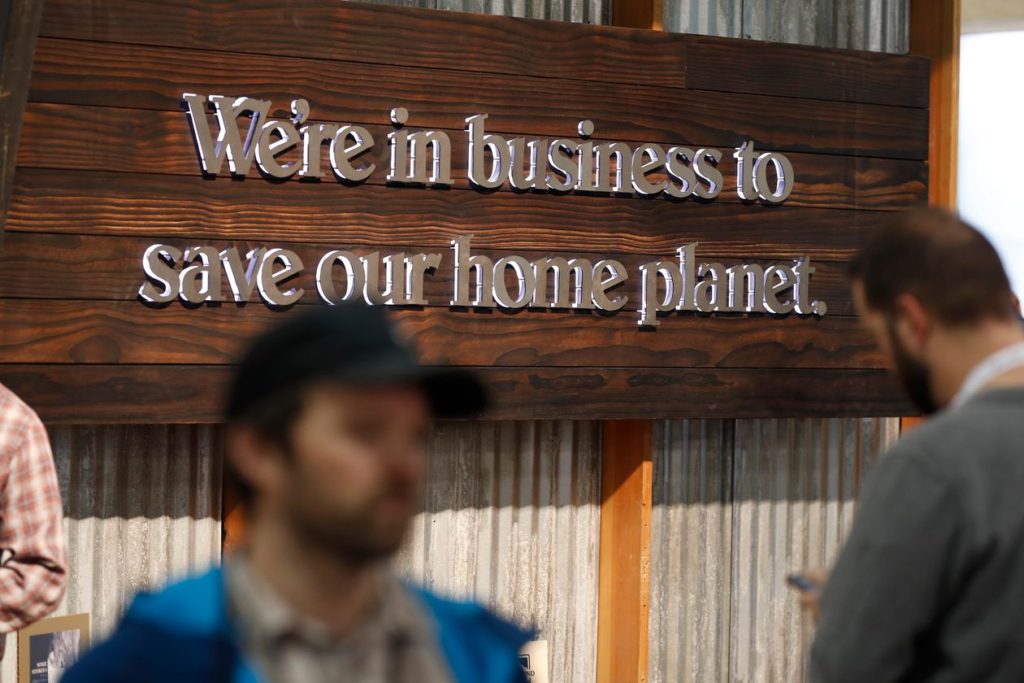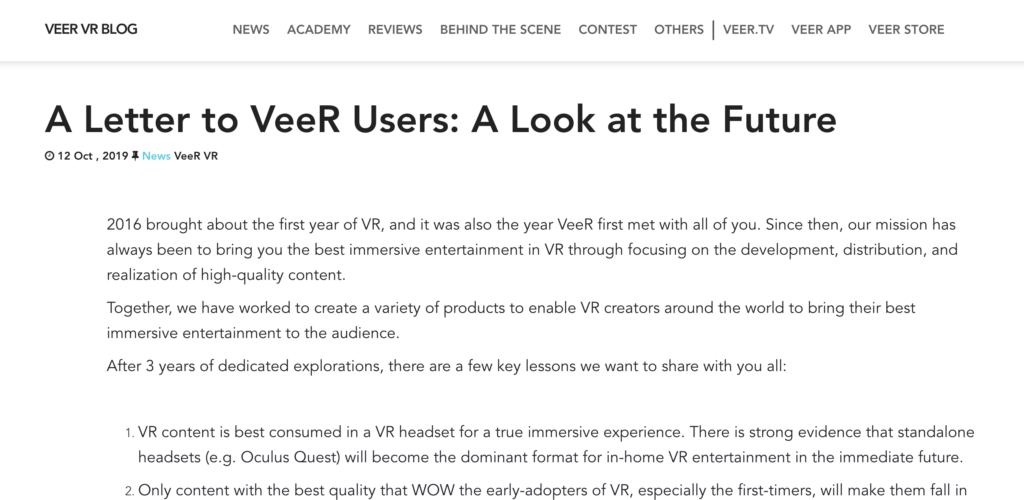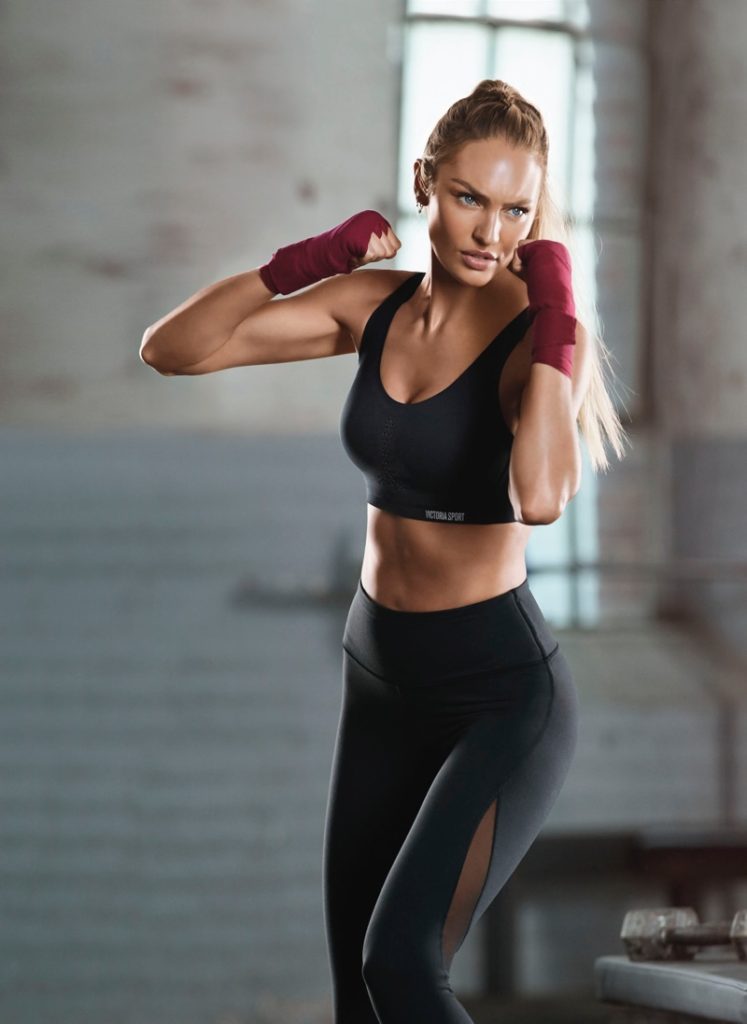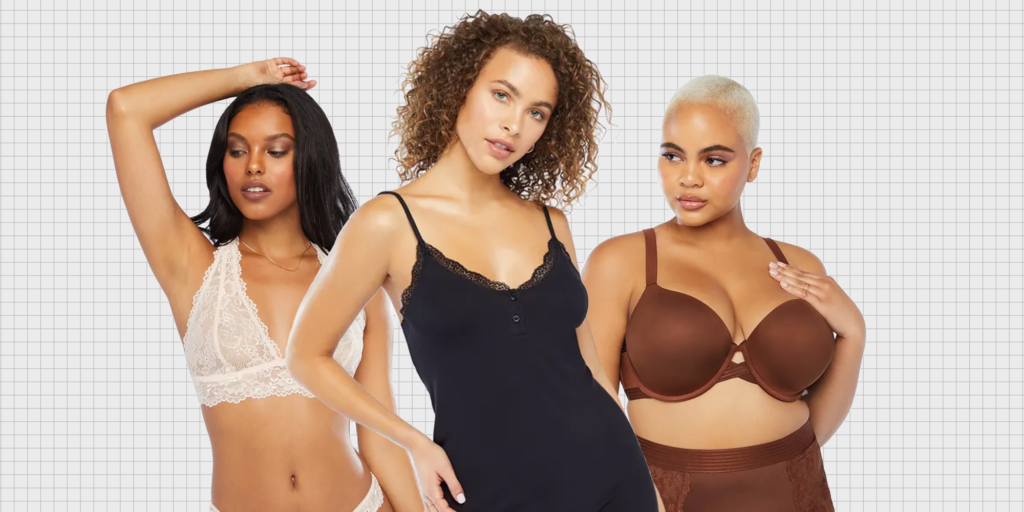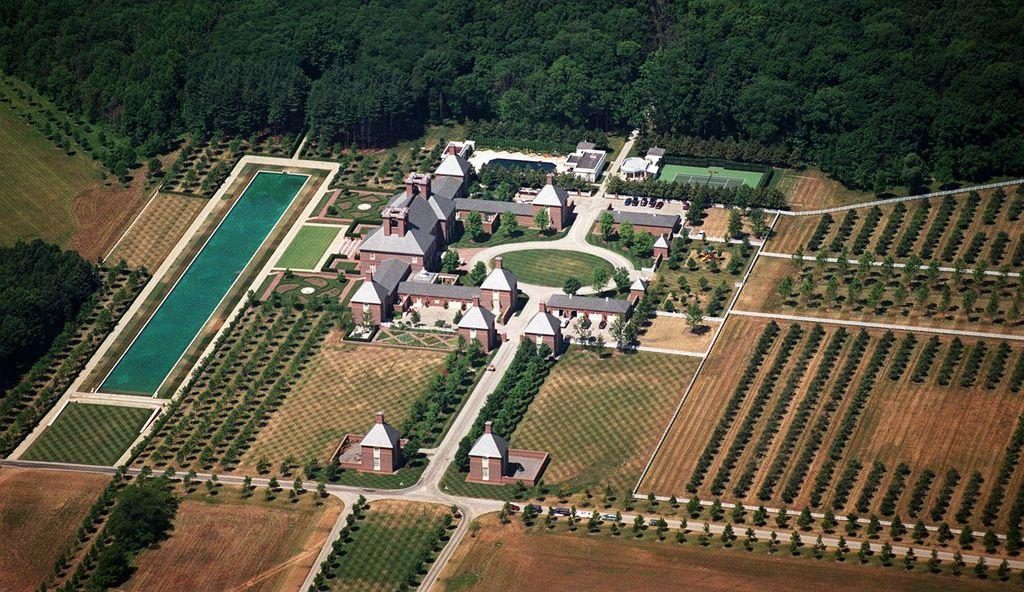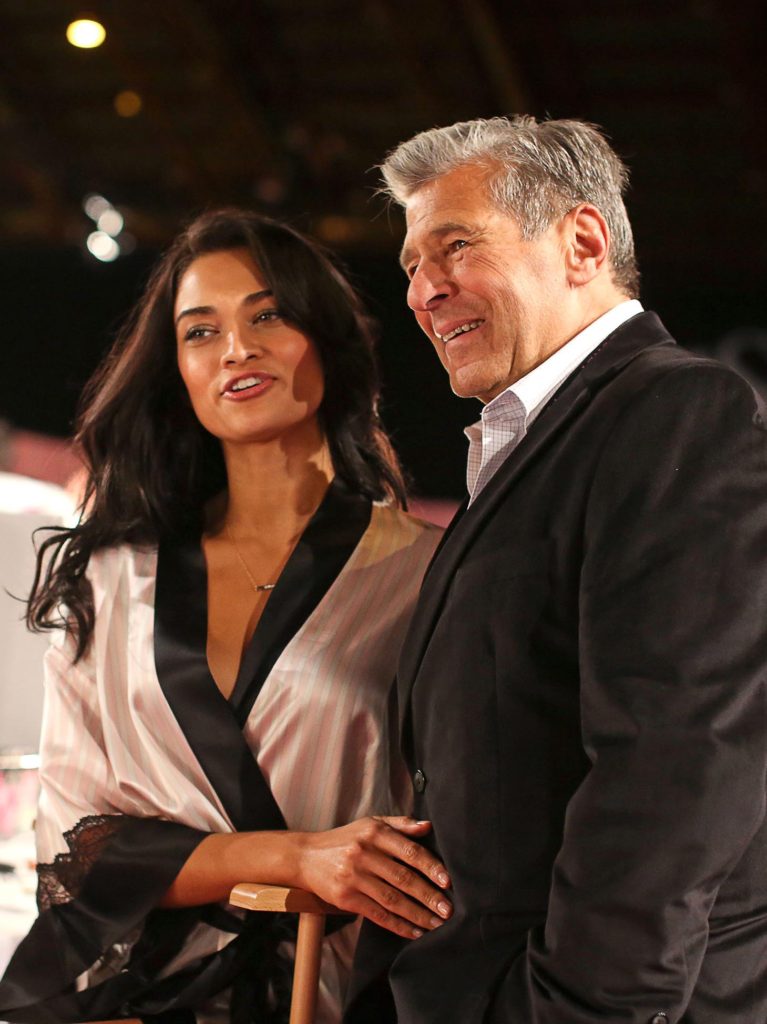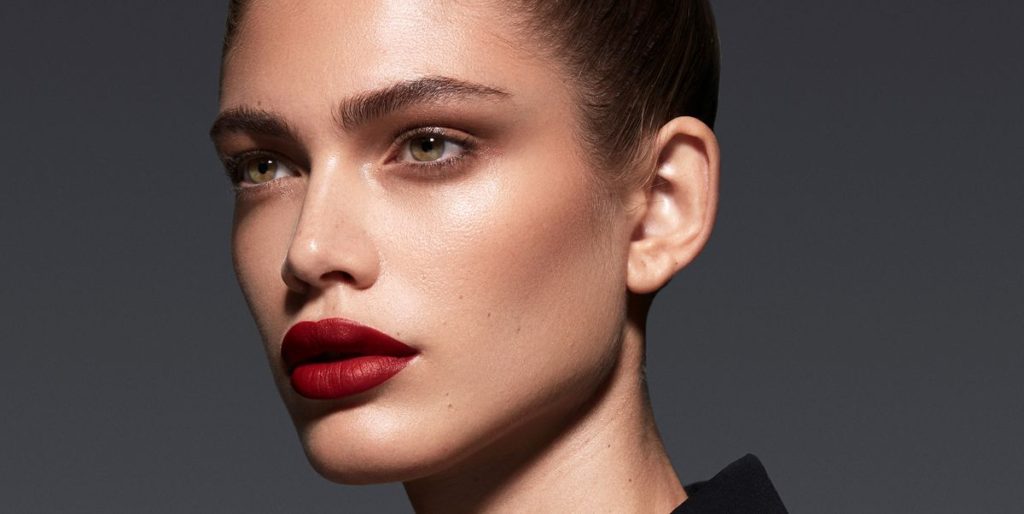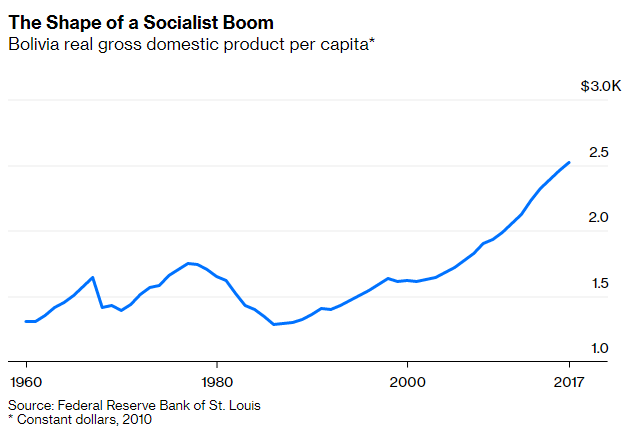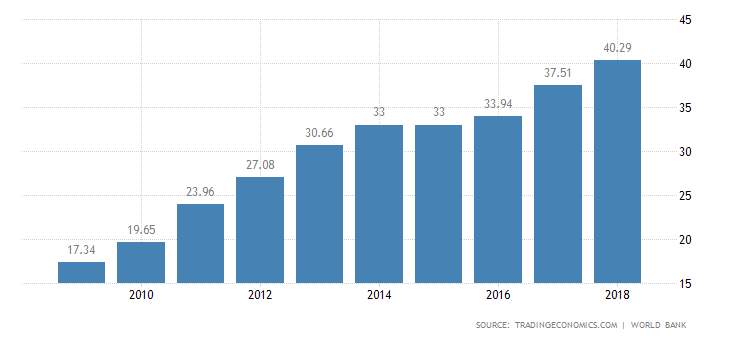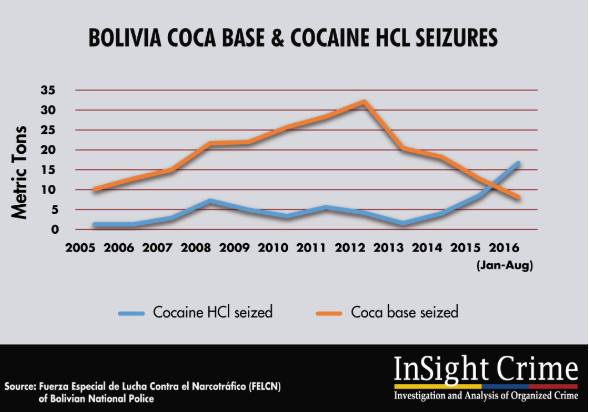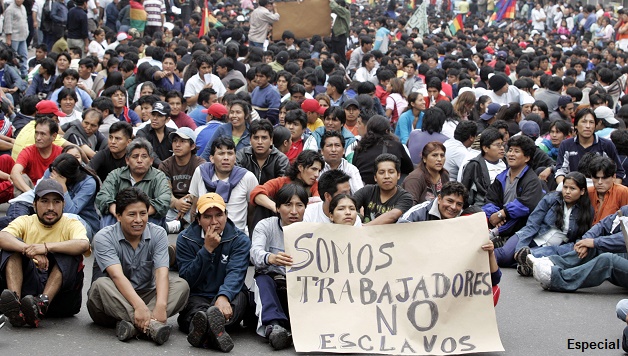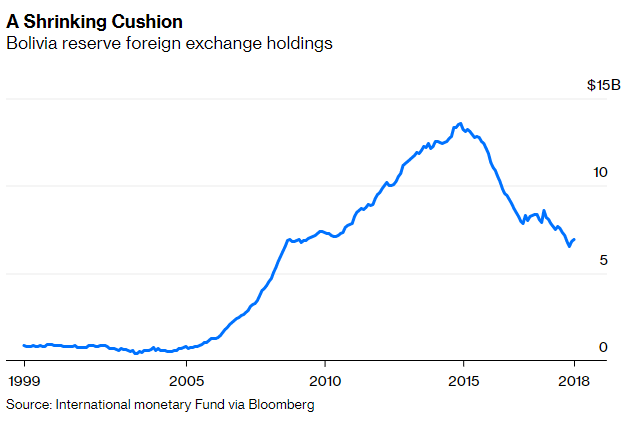“I mean, who in the world opens up a cat cafe without knowing what they’re doing?” says Boston resident and Harvard student Kimm Topping. “I mean, you know, that’s just asking to fail.” (personal interview, 2019)
Cat cafes are essentially two businesses in one– one being a restaurant/cafe and the other shelter for live-in cats. Additionally, ongoing expenses for a cat cafe are immense. Outside of rent, utilities, and supplying food, cat cafe’s come with the added cost of taking care of cats. For certain breeds that are prone to illnesses, vet care and health maintenance can reach an average of between $2,000 and $7,000 a month. (Bacher, 2017)
The wellbeing of the cats carries great weight for a cafe’s success. Unlike a grocery store that displays bad grapes in the produce section, any hint of cat mistreatment could immediately shut down a cafe for good. In fact, because the cafe cats typically live in confined space, if one gets sick they all get sick. In 2018, City of San Antonio Animal Care Services intervened and pulled two cats from the San Antonio Cat Cafe. They ordered the remaining 54 cats be quarantined (Galli 2018).
So, one might ask. Who in their right mind would open a cat cafe?
Cat lovers are known to be a quirky variety of pet-owners. From the crazy cat ladies to the beleaguered college student stashing a pussy in their dorm, there’s something that attracts eccentric people to our feline friends. Perhaps that is what prompted Diane Kelley to leave the cardiovascular ultrasound field after thirty years of service, to open up a cat cafe (Crimaldi 2017).
Kelly’s business venture, the PURR Cat Cafe, would go on to be remarkable for the owner’s mismanaged funds and its egregious Facebook posts. Long before it would open, Kelly’s aggressive use of social media coupled with poor management decisions would make the fledgling business a cornucopia of titillating press for local news outlets.
Early 2017, PURR Cat Cafe opened an Indiegogo page– a Kickstarter-esque platform to crowdfund projects– with the goal of raising $40,000. PURR Cat Cafe promised to provide a plethora of perks to donors. These perks, arranged in a tiered format based on donation amount, ranged from custom company pins to hotel vouchers. Though the crowdfunding campaign only attracted 162 donors for a cumulative $720, Indiegogo’s fundraising guidelines allowed for Kelly to receive this money in full (Kelly 2017).
Following this, PURR Cat Cafe partnered with Boston’s Forgotten Felines (BFF). BFF is a charity that provides medical treatment and temporary shelter to stray cats with the goal of adopting them out (Crimaldi 2017). PURR was more than eager for this partnership since PURR Cat Cafe did not have a license to rehome cats on their own. Faced with the obligation to their 162 donors, PURR Cat Cafe had to do all it could to succeed (Kelly 2017).
In mid-August of 2017, an awry Facebook post hinted at trouble to onlookers and those invested in the idea of Boston’s first cat cafe. Kathleen “Kat” Kruczek uploaded a post to PURR Cat Cafe’s Facebook page, which went into detail on numerous claims of abuse by her former employer. Kruczek prompted readers to save and screenshot her post– hinting that it will soon be deleted by Kelly (Kelly [Facebook], N/A). The post goes on to say:
“Most of the core team has distanced themselves from PURR for several reasons. Everything she is being “bullied” for, we have told her over and over again. This team consisted of two feline behaviorists, myself included, and several people who have worked hands-on in rescue for about as long as I have been alive. Despite our combined expertise, Diane chose to continually ignore and insult us. Diane has no animal care background what-so-ever.” (Kelly [Facebook], N/A)
Kruczek went on to divulge that BFF broke their partnership with Kelly and PURR Cat Cafe a few days after a deal was originally agreed upon. In addition to posting images of a barren basement and broken glass littering floor, Kathleen wrote:
“The truth is, she is not equipped to have ANY cats in the building, despite her “Certificate of Occupancy” which has nothing to do with animal welfare. No beds, blankets or pillows, no hiding places, no cages, hardly any toys, no cat trees, no scratchers, nothing…she [Kelly] spent the dwindling money left in PURR accounts on a decorative wall art, coloring books, and things to entertain people, etc, instead of things for the two cats we now had…BFF did not want to place cats until PURR was equipped to do so. Diane told BFF to “fuck off” several times.” (Kelly, N/A)
“Typically,” says Colin Chao, a Los Angeles based cat expert, “Proper cat ownership requires a lot of forethought, despite them being very independent pets. New cats are nervous and likely to hide– so cardboard boxes and shelves tucked away make good places for them to decompress. They also need to be in areas that are well ventilated, since litter boxes are breeding grounds for parasites and bacteria.” (personal interview, 2019)
Kruczek finished her post writing: “If PURR opens its doors, Diane has also told the Agricultural Department to ‘fuck off’ so I suspect it won’t be open long.” (Kelly [Facebook], N/A)
It should be noted that both the Department of Health and the Department of Agriculture work in tandem to certify cat cafes. Logistically, cat cafes are an absolute nightmare for the Departments since they both serve food and keep a dozen or so animals on the premise (Judkis, 2019). Consulting fees are also enormous in making sure the establishments are up to code. For example, San Francisco-based cat cafe KitTea paid fees to the Food Safety Program, the Environmental Health Department, feline vets, behavior specialists and similar independent organizations (Jenny Xie, CityLab 2014).
Kelly responded to this post using the official PURR Cat Cafe Facebook page. She wrote: “Post whatever you want- but the reality and truth about PURR Cat Cafe is going to be alive and well soon… I am a Cat Enthusiast and a very smart business woman.” (Kelly [Facebook], N/A)
Indiegogo donors and local cat enthusiasts looked on this public diatribe with worry. When some onlookers messaged the PURR Facebook page hoping for clarity, Kelly deflected their concerns and assured them PURR would open to no problems (Kelly [Facebook], N/A). Kruczek however, was not done critiquing her employer.
On August 26th of 2017, Kruczek made another post to the PURR Facebook page. She warned donors that Kelly was trying to pull wool over their eyes. The post included a photo of the large, empty basement beneath the cafe, showing dilapidated stairs and what appeared to be a damaged water heater unit. It didn’t take long for donors to reply to the Lruczek’s post with a flurry of concerns (Kelly [Facebook], N/A). Kruczek commented underneath her post: “There were issues like me saying we shouldn’t be feeding animals on styrofoam plates due to the risk of intestinal blockages, where she [Kelly] told me ‘you will not change my mind on this.’”(Kelly [Facebook], N/A)
Joni Nelson, director of BFF, confirmed what Kruczek shared, saying “She [Kelly] was angry that BFF wouldn’t leave 20 cats in that condition…but she refused to furnish the basement up to law codes or even the cats comfort.” (Kelly, N/A)
While these online interactions prompted backlash from both locals and Indiegogo donors, the most damning entity for PURR Cat Cafe would soon be revealed to be Diane Kelly herself.
Kelly quickly turned to use the official PURR Cat Cafe Facebook page as a means to degrade disapproving donors. In response to a donor post criticizing her business practices, Kelly wrote and replied publicly “I do not want you there. Sorry– floodgates are gone– you do not know me at all? Why are you being such a bitch?” (Kelly [Facebook], N/A)
Additionally, in an attempt to save what little reputation PURR had left, Kelly uploaded new photos of cats to the Facebook page. She claimed that she was able to find a new shelter to partner with and provide the cafe with adoptable cats. With a quick Google image search, however, people were quickly able to identify the new photos as stock images. Additionally, Kelly posted a group photo that suggested that PURR had thirteen staff members and was captioned “PURR is a collective team.” (Kelly [Facebook], N/A)
Kruczek quickly refuted this, publicly commenting “Just to clarify: this photo is from First Caturday at Boston Common…half of the individuals in this photo were not part of the PURR team, only people we spoke with and pulled into the photo with us…not sure what the purpose of posting this photo was, but I don’t want to be associated with this business any further. Please remove my photo.”(Kelly [Facebook], N/A)
Now, there is the public relations (PR) phrase ‘all publicity is good publicity’ or ‘there’s no such thing as bad publicity’. This notion often bolsters the popularity and chatter of controversial figures such as Kanye West. However, this may not be the case when the entire identity of a business has become bad press and nothing much else. Kelly’s constant use of inflammatory posts on PURR’s official Facebook page would be valuable if it was the kind of business that relied on website traffic and ad revenue. Though we can’t know the specifics, analytics from Google’s Trend feature suggests that PURR Cat Cafe had a five times increase of Facebook traffic from late September to the end of December 2017 from the last few years. Otherwise, however, directly attacking your fanbase can only negatively impact your business, especially as a small business.
And as all well-mannered CEO’s do, Kruczek’s remarks prompted Kelly, using the official PURR Facebook page, to publicly out Kruczek as a member of the LGBT community and say “I have no interest in working with someone of your alignment.” (Kelly [Facebook], N/A)
In response, many users who were locals, donors, or claimed to be interested in the cafe responded with walls of comments saying they are no longer interested in visiting the cafe when it opened. Kruczek’s only response was “Enjoy not having a team or customer base. ALSO, one of my partners worked on your freakin’ Indiegogo graphics so it looks like you didn’t give a shit when it benefitted you.” (Kelly [Facebook], N/A)
On September 27th 2017, facing an employee exodus and enraged follower base, Kelly made PURR Cat Cafe’s Facebook page private and ceased all online interactions. (Kelly, N/A)
Whether or not Kelly intentionally became aggressive in order to attract attention to her business remains to be verified. Amy’s Baking Company (ABC) of Scottsdale, Arizona, had a similarly aggressive owner that attacked critics and its own fanbase via social media. Unlike PURR, ABC managed to capitalize on their negative identity. ABC churned out merchandise such as shirts with screenshots of Facebook posts where the official ABC page berated and swore at followers (Forbes 2013). Since PURR did not capitalize on this in a similar fashion, it can be assumed that Kelly is might just be as delusional as people may think.
Donors and locals found the page reopened a few weeks later on October 7th 2017, with PURR making a post announcing a surprise open house (Kelly [Facebook], N/A). Even more surprisingly, people chose to attend the open house. Perhaps visitors to the site were fascinated with how PURR became a disaster and wanted the cathartic release of seeing it fail. At this point, PURR Cat Cafe had become less of a business and more of a form of online entertainment, with the punchline being its demise.
With only a few people allowed to enter the PURR open house at a time, those who had raised concerns over Kelly’s business practices and aggressive social media usage would be able to visit the cafe in person. One of those people, Marie Billiel, noted that the front door was poorly fixed and that cats could easily escape. Cats Kelly brought up from the basement, Billiel says, were “clearly terrified”. She goes on to describe that the cats growled and hissed, and generally looked uncomfortable when people picked them up. When not being handled by people, the cats reportedly scrambled away to hide. Billiel went on to say “Also, it looks like the cat door [leading to the basement] is taped up so the cats can’t leave the public space.” (Billiel, 2017)
This lackluster first look at PURR Cat Cafe prompted many users to post on the cafe’s Facebook page– either critiques of Kelly’s poor handling of cats or angry demands for refunds. The only retort Kelly made that day was the promise that upon opening, the cafe would have a total of eight cats to play with. However, users were skeptical pointed out that Kelly adopting more cats to fill up the cafe was unethical and unsustainable as a business practice. (Kelly [Facebook], N/A)
Cat care can be shockingly expensive for cafes. Cat Cafe Mad in Wisconsin reported struggling after opening. After crowdfunding $10,000, Cat Cafe Mad reported spending $1,000 a month on litter and cat food. Additionally, while enjoyed three months of free publicity and buzz via Facebook, they have been losing money ever since and are only open 3 days a week. Melly adding more cats would simply push PURR’s redline further into the negative. (Adams & Wisconsin State Journal 2017)
In the backdrop of the open house, local media outlets further damned Kelly and PURR Cat Cafe. Local journalist Edward Beale released the transcript of an interview he conducted with Diane Kelly. Most notably, he asked Kelly about Kruczek’s backpay (roughly around $2,000). In response, Kelly said “Unfortunately, the funding for PURR has run dry and I can only pay her back if I open the doors so I can pay her back with interest. And I will do right by Kathleen [Kruczek] for all the work she put into PURR.” (Knudsen, 2019)
The transcript also revealed that Kelly funneled most of the crowdfunded money into paying rent for the cafe. Despite still being unopened, she had continued to rent the space at a cost of about $4,000 a month. In total, she had spent a minimum of $50,000 for the cafe storefront that had still not officially opened. Despite this negative press, Diane assured backers that PURR Cat Cafe would still see the light of day and open in the near future. (Knudsen, 2019)
Finally, in August of 2018, Kelly posted a silent auction for PURR Cat Cafe on Craigslist. As the PURR Facebook followers expected– no one took the offer. In October 2019, PURR’s landlord posted a sign on the storefront window. It read: “PURR Cat Cafe is permanently closed. No further information is available. A new tenant will be coming soon.” (Knudsen, 2019)
When Facebook users asked Kelly for comment, she posted the nonsensical: “Keep on wagging the dog’s tail. If you can’t save yourself from reading this story, rescue a cat in the meantime. Or perhaps even a dog! I know this is better than Game of Thrones!” (Crimaldi, 2017)
Just like the mental capacity of Kelly, the whereabouts of PURRs feline residents and Boston’s appetite for a new cat cafe remain unknown.
PURR Cat Cafe remains as a cautionary tale of the consequences of business endeavors that take the phrase ‘there’s no such thing as bad press’ too seriously. Between Kelly’s mismanagement of crowdfunded money, to her lack of industry research, and the sheer refusal to take criticism, there was almost no hope of PURR becoming a longstanding feature of Bostonian culture.
All that’s left are some traumatized kitties and Kelly’s upcoming book release titled “PURRFECT Claw: A true story about a woman who gave her soul to save cats and how the media, social media, and rescue groups…ie…individuals who pretend to care about animals don’t really care”.
Good luck to you, Diane Kelly.
Bibliography
Adams, Barry, and Wisconsin State Journal. “Cat Cafe Mad Expanding to Survive.” Madison.com, 28 June 2017, https://madison.com/wsj/business/cat-cafe-mad-expanding-to-survive/article_91ff0d07-f461-5e02-83fa-c062a8c51ff4.html.
Bacher, Renee. “How Much Should You Spend to Save a Sick Pet?” AARP, 28 Feb. 2017, https://www.aarp.org/money/budgeting-saving/info-2017/how-much-should-you-spend-to-save-sick-pet.html.
Crimaldi, Laura. “Boston Has Its First Cat Cafe. Will It Last? – The Boston Globe.” BostonGlobe.com, The Boston Globe, 21 Dec. 2017, https://www.bostonglobe.com/metro/2017/12/20/boston-has-its-first-cat-cafe-will-last/BMvIDVPbneWrHOanR3l9yH/story.html.
Forbes, Paula. “Amy’s Baking Company Is Selling Catch-Phrase T-Shirts.” Eater, Eater, 7 Aug. 2013, https://www.eater.com/2013/8/7/6390037/amys-baking-company-is-selling-catch-phrase-t-shirts.
Galli, Joseph. “Cats Quarantined after Disease Outbreak at San Antonio Cat Cafe.” WOAI, WOAI, 11 Apr. 2018, https://news4sanantonio.com/news/local/cats-quarantined-after-disease-spreads-at-san-antonio-cat-cafe.
Jenny Xie @canonind Feed Jenny Xie, and CityLab. “The Long Regulatory Road to America’s First Cat Cafe.” CityLab, 28 Jan. 2014, https://www.citylab.com/design/2014/01/long-regulatory-road-americas-first-cat-cafe/8200/.
Judkis, Maura. “So, How Would a Cafe Crawling with Adorable Kittens Pass a D.C. Health Inspection?” The Washington Post, WP Company, 27 Apr. 2019, https://www.washingtonpost.com/news/going-out-guide/wp/2014/11/20/so-how-would-a-cafe-crawling-with-adorable-kittens-pass-a-d-c-health-inspection/.
Kelly, Diane. “Purr Cat Cafe.” Facebook, https://www.facebook.com/bostonpurr/.
Kelly, Diane. “PURR Cat Cafe Boston.” Indiegogo, 5 Aug. 2017, https://www.indiegogo.com/projects/purr-cat-cafe-boston#/comments.
Knudsen, Fredrick. “Purr Cat Cafe | Down the Rabbit Hole.” YouTube, Down The Rabbit Hole, https://www.youtube.com/watch?v=wNsqEntHuV8.
@junemarie462. “@IN0XIA was right about the vestibule- it opens onto the street (currently propped open) so does not offer safety for escaping cats :(“ Twitter Oct 7, 2017 https://twitter.com/junemarie426/status/916712300287053824?s=20
@junemarie462. “Diane just brought Gussie up from the basement and hes clearly terrified #bostonpurr” Twitter Oct 7, 2017 https://twitter.com/junemarie426/status/916712538947117056?s=20
@junemarie462. “This little guy is hiding behind cat litter. Also it looks like the cat door is taped up so the cats can’t actually leave public space.” Twitter Oct 7, 2017
